- HF Induction Brazing
- ┣━━ HF Induction Brass Solder
- MF Induction Forging
- Induction Hardening
- HF Induction Quenching
- HF Induction Annealing
- Induction Tempering or Preheating
- Induction Melting
- ┣━━ Rare Metals Melting
- ┣━━ High Capacity Melting
- Induction Shrink Fitting
- Induction Thermal Treatment
- Induction Heating for Aerospace
- Induction Bonding
- Induction Soldering
- Induction Welding
- Induction Jointing
- Other Induction Applications
-
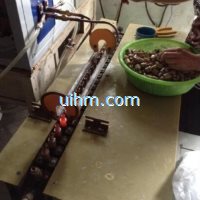
auto HF induction soldering for check valves, couplings, distributors
auto HF induction soldering for check valves, couplings, distributors (1)auto HF induction soldering for check valves, couplings, distributors (2)auto HF induction soldering for check valves, couplings, distributors (3)auto HF induction soldering for chec
2016/11/11
-
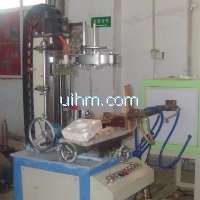
induction soldering for steel pan
induction soldering for steel pan
2013/09/07
-
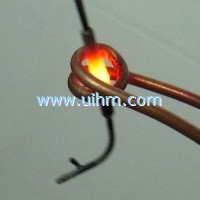
ultra-high frequency induction heating glasses flames
ultra-high frequency induction heating glasses flamesultra-high frequency induction heating glasses flame-1ultra-high frequency induction heating glasses flame
2007/10/04
-
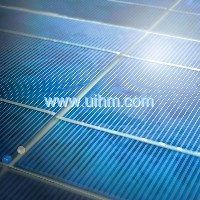
Induction Tin Soldering
Induction Tin Soldering
2011/07/03
-
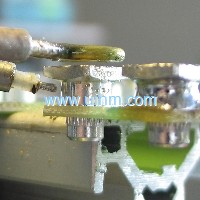
Induction Tin Soldering
Induction Tin Soldering
2011/07/03
© Copyright 2025. uihm.com All Rights Reserved.
